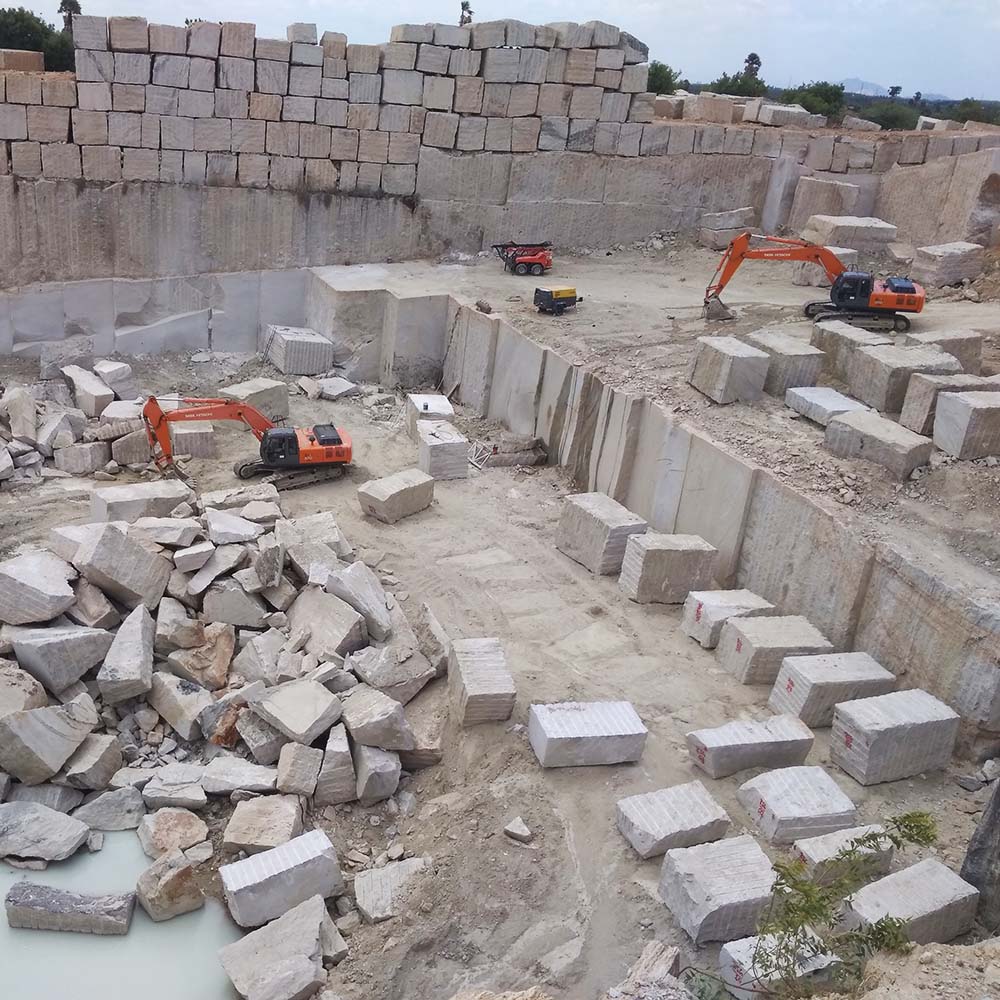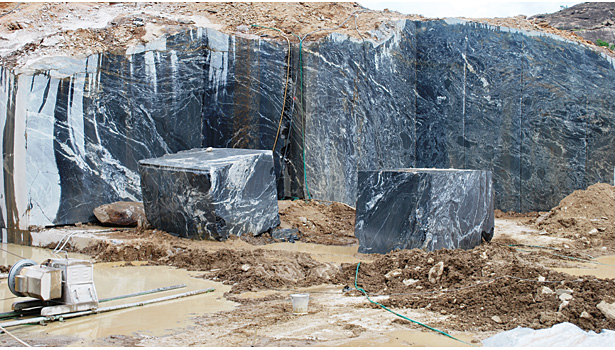Unearthing the Rich Background and Lasting Practices of Granite Quarrying
As we depend on the precipice of uncovering the detailed tapestry of granite quarrying, a journey via time reveals not just the physical act of extracting rock yet also the social and historic importance woven into the extremely textile of this practice. From the old beginnings that laid the structure for contemporary quarrying methods to the lasting practices that are shaping the future of this sector, each sculpt mark on granite surfaces tells a tale waiting to be uncovered (granite quarries in south africa). The legacy of granite quarrying stretches much past mere removal; it is a testament to human resourcefulness, resilience, and the long-lasting attraction of this impressive stone
Ancient Origins of Granite Quarrying
Dating back to old human beings, the practice of quarrying granite has been an indispensable component of human history and building advancement. The earliest evidence of granite quarrying dates back to ancient Egypt, where large pyramids and elaborate sculptures were crafted from this sturdy stone. The Egyptians utilized primitive tools to draw out granite blocks from quarries, showcasing the value of this product in their significant constructions.
Relocating ahead in background, the Greeks also made considerable contributions to the quarrying of granite. The Greeks used granite in various building marvels, such as temples and statues, demonstrating their skill in shaping and sculpting this sturdy rock. The Romans further improved the strategies of quarrying granite, using innovative devices like chisels and hammers to extract and form granite for their legendary frameworks.
Via the centuries, the technique of quarrying granite has actually evolved, with modern-day innovations improving effectiveness while maintaining the timeless appeal of this natural rock - granite quarries in south africa. From old people to contemporary building contractors, the heritage of granite quarrying proceeds to shape our world
Advancement of Quarrying Strategies
The advancement of quarrying strategies has been marked by a continual progression in the direction of higher efficiency and precision in removing granite. Early quarrying methods entailed manual labor with basic devices such as chisels, hammers, and wedges to draw out granite blocks from the planet.
Advancements in computer-controlled devices and 3D modeling have optimized quarrying operations, leading to minimal environmental impact and improved sustainability methods. As the need for granite proceeds to climb, the advancement of quarrying strategies continues to be important to conference sector requires effectively and sustainably.
Cultural Relevance of Granite
Granite holds an extensive social value throughout numerous people because of its long-lasting presence in building work of arts and respected monuments. From the stunning pyramids of Egypt to the detailed carvings of the Angkor Wat temple in Cambodia, granite has actually been a material of choice for sharing majesty and longevity in social heritage. In ancient Rome, granite columns adorned holy places and public buildings, signifying toughness and durability. The cultural significance of granite prolongs past its physical attributes; it embodies strength, stability, and eternity, making it a sign of enduring traditions and customs.

Lasting Practices in Quarrying
In the middle of the rich history of granite quarrying and its social significance exists a growing emphasis on lasting methods within the sector. As ecological awareness and concerns regarding resource depletion have enhanced around the world, the quarrying industry has significantly welcomed lasting techniques to minimize its effect on the environment and bordering communities.

In addition, recovery and recovery of quarry websites post-extraction are indispensable to lasting techniques. By restoring quarried areas to a natural or helpful state, such as developing wild animals environments or leisure rooms, quarriers pop over here can balance out the environmental footprint of their operations and contribute favorably to the neighborhood community.
Heritage of Granite Quarrying
With a historic backdrop Home Page steeped in workmanship and commercial progress, what sustaining influence has granite quarrying left on the landscape of modern society? The heritage of granite quarrying goes beyond plain removal techniques; it has shaped building wonders, metropolitan landscapes, and cultural heritage worldwide. The resilient nature of granite has actually made it a recommended option for monuments, structures, and facilities, standing as a testament to the skill and virtuosity of quarry employees throughout generations.
Moreover, the financial footprint of granite quarrying can not be neglected. The industry remains to offer employment possibilities and drive neighborhood economic situations in areas where granite extraction is widespread. It has actually also stimulated technical advancements in quarrying strategies and equipment, bring about a lot more efficient and lasting methods.
In terms of sustainability, the heritage of granite quarrying includes efforts to alleviate ecological effects through improvement tasks and responsible resource administration. By stabilizing economic passions with environmental stewardship, the industry aims to make certain that future generations can remain to benefit from this long-lasting all-natural source.
Verdict

Comments on “Granite Quarries in South Africa Marvels: Discovering the Quarry Landscape”